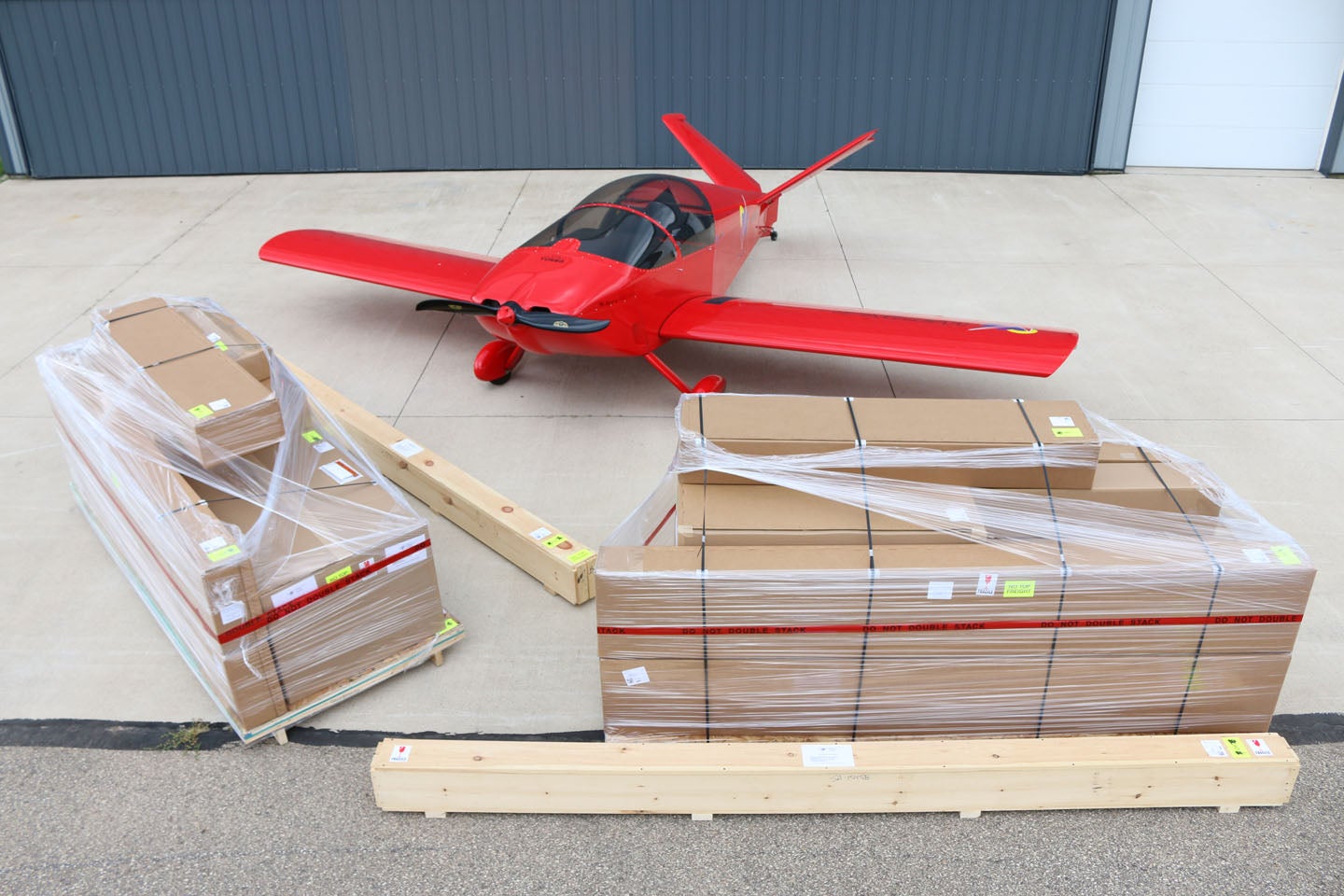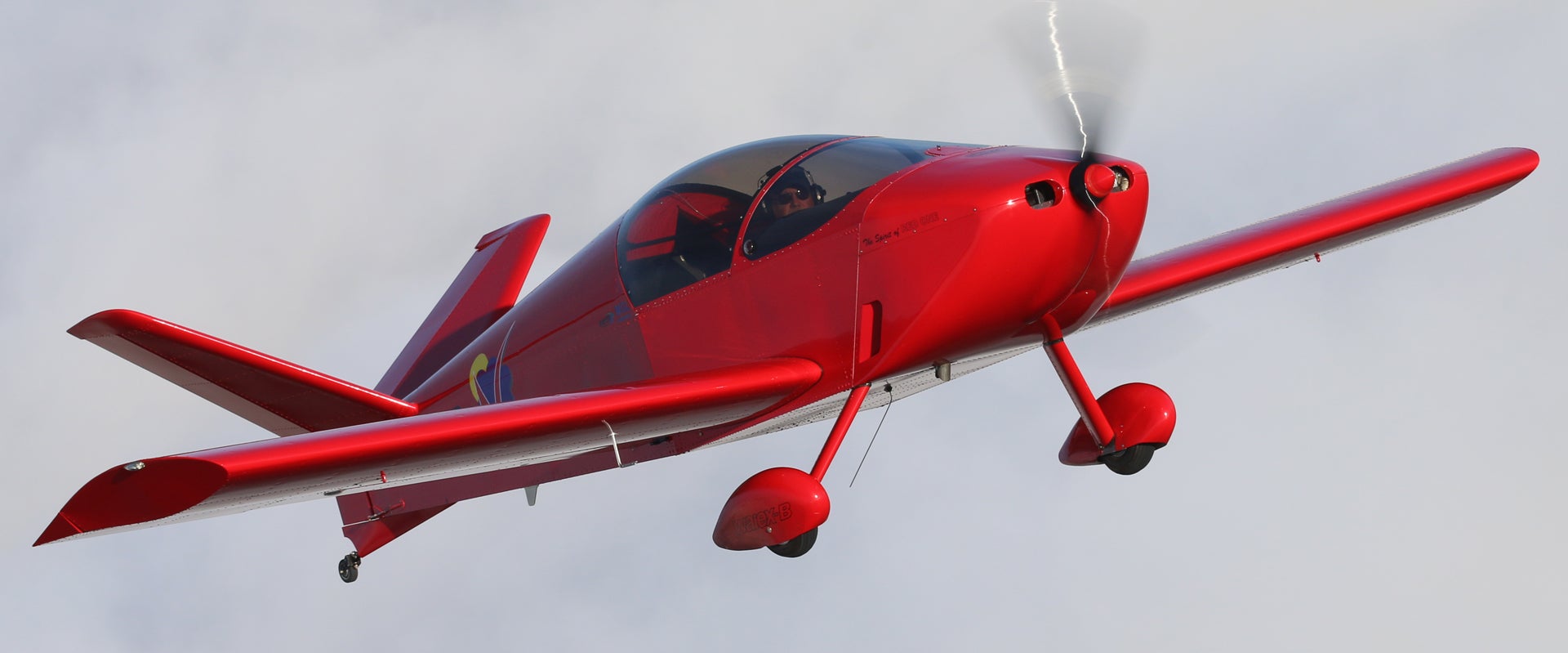
Despite designers’ best efforts, builders are prone to adding “goodies” to their homebuilts that inevitably bloat empty weight and eat into useful load. Remember, too, that when a manufacturer sets a maximum gross weight, it’s based on several factors including structural strength and performance, mainly takeoff and climb.
That concept would help explain how Sonex was able to approve an increased max-gross for all its Sonex and Waiex (both the earlier A and updated B) models. But the proviso is they need to be carrying an engine of 100 hp or more. Flight testing was carried out with an AeroVee Turbo and 100-hp Rotax 912 and, according to the company, will also include models powered by the Jabiru 3300 in the future.

According to the company, “Following a series of engineering studies and flight tests, Sonex and Waiex owners may designate a max gross weight of 1220 pounds for aircraft with 100 hp or more.” Previously, the factory’s recommendation was 1150 pounds, so this is a useful bump of 70 pounds. “We expect these changes to be very popular and greatly expand the appeal of the Sonex and Waiex to today’s homebuilder,” said Sonex owner and president Mark Schaible.
Another consideration is stall speed since the Sonex and Waiex conformed to LSA limitations in that realm. Fortunately, Sonex says that “stall speed testing has proven the aircraft still qualify for Sport Pilots to fly under the existing rules.” Sonex says the models now stall at 50 mph clean and 43 mph with full flaps.
Owners with already flying examples would need to contact their local FSDOs and place their airplanes back into Phase I flight testing, since altering the gross weight would be considered a “major change.” The good news is that the applicant would have official factory guidance on the change.













